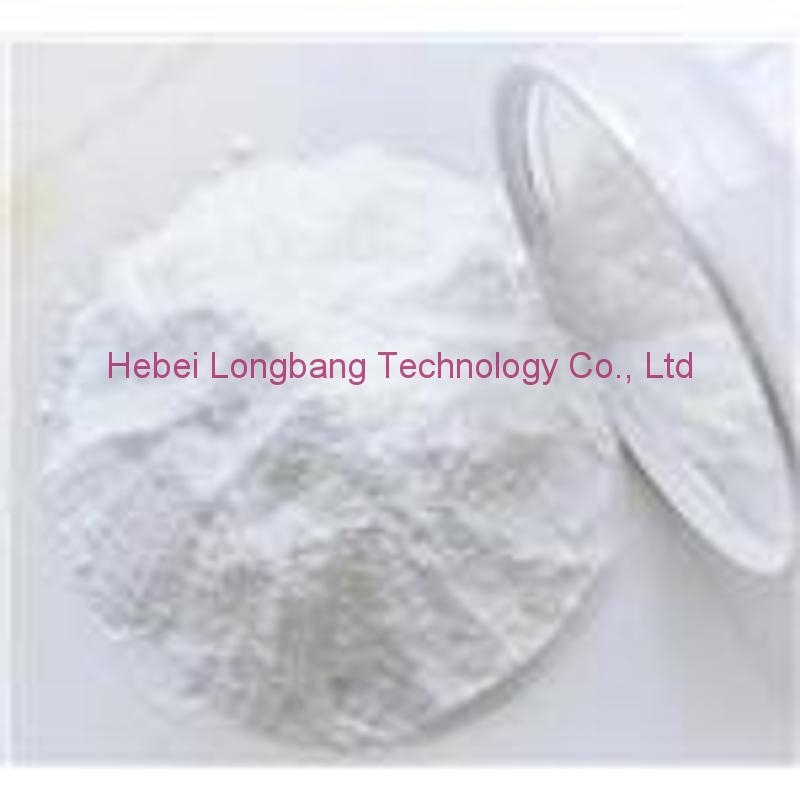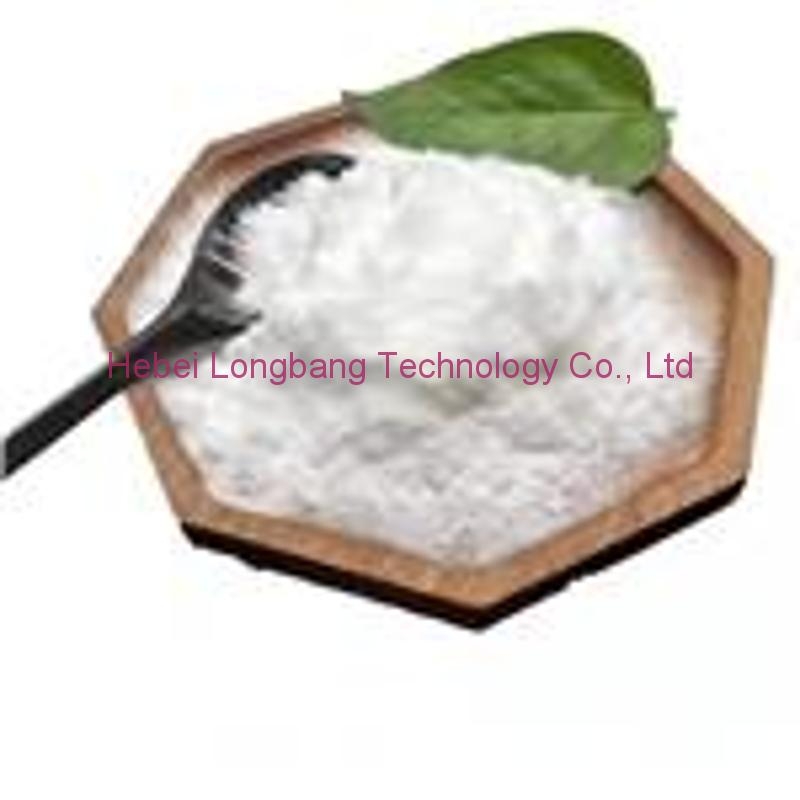-
Categories
-
Pharmaceutical Intermediates
-
Active Pharmaceutical Ingredients
-
Food Additives
- Industrial Coatings
- Agrochemicals
- Dyes and Pigments
- Surfactant
- Flavors and Fragrances
- Chemical Reagents
- Catalyst and Auxiliary
- Natural Products
- Inorganic Chemistry
-
Organic Chemistry
-
Biochemical Engineering
- Analytical Chemistry
-
Cosmetic Ingredient
- Water Treatment Chemical
-
Pharmaceutical Intermediates
Promotion
ECHEMI Mall
Wholesale
Weekly Price
Exhibition
News
-
Trade Service
On November 21, the Ministry of Finance and other departments released the third batch of anti-cancer drugs and rare disease drugs subject to the VAT policy (see the attached table at the end of the article for details), which will be implemented
from December 1, 2022.
from December 1, 2022.
The inclusion of anti-cancer drugs and rare disease drugs in the tax reduction list is good news
for relevant companies and patients.
for relevant companies and patients.
The industry view is that whether it is the production, sales, wholesale, retail and import of anti-cancer drugs and rare disease drugs in the list, the relevant enterprises should actively enjoy tax incentives in a timely manner according to the list, and appropriately give benefits to patients
.
.
The "tax reduction list" of anticancer drugs and rare disease drugs was further expanded
In April 2018, the Ministry of Finance and other four departments issued a notice on their official website that in order to encourage the development of the anti-cancer pharmaceutical industry and reduce the cost of drugs for patients, the first batch of anti-cancer drugs in the list will be subject to 3% VAT, and the VAT will be reduced from 13% to 3%
for imported drugs.
for imported drugs.
The first list of drugs included 103 pharmaceutical products and 51 APIs
.
Among them, there are many large varieties of anticancer drugs, such as osimertinib and afatinib for lung cancer; Ruxolitinib against malignant tumors of myelofibrosis; Regotinib for liver cancer; ibrutinib for leukemia, etc
.
.
Among them, there are many large varieties of anticancer drugs, such as osimertinib and afatinib for lung cancer; Ruxolitinib against malignant tumors of myelofibrosis; Regotinib for liver cancer; ibrutinib for leukemia, etc
.
In the second batch of drug list, 39 varieties of anti-cancer drug preparations and 14 varieties of rare disease drug preparations have been added to the "tax reduction list"
.
These include China's first self-developed colorectal cancer targeted drug fruquintinib, targeting drugs dacritinib and alaletinib for non-small cell lung cancer, the famous "K drug" pembrolizumab, "O drug" nivolumab and so on
.
.
These include China's first self-developed colorectal cancer targeted drug fruquintinib, targeting drugs dacritinib and alaletinib for non-small cell lung cancer, the famous "K drug" pembrolizumab, "O drug" nivolumab and so on
.
In the third batch of drug list, the VAT reduction list gave 45 varieties of anti-cancer drug preparations and 19 varieties of rare disease drug preparations "red envelopes"!
At present, China's rare disease drugs mainly rely on imports
.
Therefore, VAT exemptions are attractive
for most companies importing rare disease drugs.
.
Therefore, VAT exemptions are attractive
for most companies importing rare disease drugs.
Professional analysis pointed out that assuming that a pharmaceutical import and distribution enterprise imports rare drugs at a tax-free price of 8 million yuan per year, and then sells them to hospitals at a tax-free price of 15 million yuan, a total of 1 million yuan of sales expenses
are incurred in the sales process.
Among them, 500,000 yuan of cost expenses obtained deduction vouchers according to regulations, and the remaining 500,000 yuan could not obtain deduction vouchers for input tax deduction
.
are incurred in the sales process.
Among them, 500,000 yuan of cost expenses obtained deduction vouchers according to regulations, and the remaining 500,000 yuan could not obtain deduction vouchers for input tax deduction
.
"Before the implementation of the preferential VAT tax policy for rare drugs, Company A needs to pay VAT of 1.
28 million yuan (800×16%) in the import link, and the total VAT of 1.
04 million yuan in domestic sales, the calculation formula is 1500×16%-(800+50)×16%, and Company A pays a total of 2.
32 million yuan
of VAT 。 After the implementation of the new policy, if Company A chooses to apply the simplified tax calculation method, the import link will need to pay VAT of 240,000 yuan (800×3%), the domestic sales link should pay VAT of 450,000 yuan (1500×3%), and Company A will pay a total of 690,000 yuan, and the VAT burden will be significantly reduced
.
”
28 million yuan (800×16%) in the import link, and the total VAT of 1.
04 million yuan in domestic sales, the calculation formula is 1500×16%-(800+50)×16%, and Company A pays a total of 2.
32 million yuan
of VAT 。 After the implementation of the new policy, if Company A chooses to apply the simplified tax calculation method, the import link will need to pay VAT of 240,000 yuan (800×3%), the domestic sales link should pay VAT of 450,000 yuan (1500×3%), and Company A will pay a total of 690,000 yuan, and the VAT burden will be significantly reduced
.
”
It is not difficult to see that for the pharmaceutical industry, the VAT reduction policy can not only greatly reduce the VAT burden of import and subsequent domestic production enterprises, but also further improve the operating capacity of enterprises and encourage the development of
the pharmaceutical industry.
For patients related to cancer and rare diseases, this policy can be intuitively felt, and the burden of drug costs will be greatly reduced
.
the pharmaceutical industry.
For patients related to cancer and rare diseases, this policy can be intuitively felt, and the burden of drug costs will be greatly reduced
.
A number of high-priced drugs may accelerate price reductions
The third batch of drug lists includes many high-priced drugs, especially rare disease "orphan drugs", such as rispram, verasidase α, cypanosidase α, etc.
, such drugs are not currently included in medical insurance, and the annual treatment fee is often hundreds of thousands or even millions of
yuan.
, such drugs are not currently included in medical insurance, and the annual treatment fee is often hundreds of thousands or even millions of
yuan.
In the medical insurance negotiations in 2021, Nocinaxen sodium injection was directly cut from nearly 700,000 yuan per vial to 33,000 yuan, a decrease of more than 95%, and the drug was included in the medical insurance, and after reimbursement, patients only bore more than 10,000 yuan per vial at their own expense, which greatly reduced the cost of treatment and triggered more expectations
from the society for the price reduction of rare disease drugs.
from the society for the price reduction of rare disease drugs.
Now, a new round of medical insurance negotiations has begun, and many rare disease drugs have also submitted medical insurance negotiation applications, which greatly reflects their sincerity in participating in medical insurance negotiations
.
.
In addition, it is worth paying attention to relmacel injection (Benoda) and Aquilencel injection (Yikada).
As an emerging therapy, CAR-T therapy has developed hotly in the past few years, centralized listing, and has become the focus
of capital attention.
At present, Fosun Kite and JW Therapeutics have approved two CAR-T therapies
targeting CD19 in China.
of capital attention.
At present, Fosun Kite and JW Therapeutics have approved two CAR-T therapies
targeting CD19 in China.
Ruiji Cel is JW Therapeutics' first commercial product and the second CAR-T product
in China after Fosun Kate's CAR-T product Aquilen.
in China after Fosun Kate's CAR-T product Aquilen.
In last year's national talks, Aquilencel injection entered the preliminary review list, but ultimately failed to enter the formal negotiation process; This year, the product did not enter the preliminary review list
.
Relmacel, which was approved in September 2021, became the only CAR-T new drug
to enter the preliminary review list this year.
.
Relmacel, which was approved in September 2021, became the only CAR-T new drug
to enter the preliminary review list this year.
Unlike other innovative drugs, CAR-T products require personalized preparation, relying on more expensive imported carriers and other materials, and the amount of product preparation is too small to form scale effects, so even if the current purchase price of JW Therapeutics' relmacel injection is 1.
29 million / injection, and Fosun Kite's Aquilencel injection is 1.
2 million / injection, the profit margin is still very thin
for enterprises.
29 million / injection, and Fosun Kite's Aquilencel injection is 1.
2 million / injection, the profit margin is still very thin
for enterprises.
Vedicitumab is also the star drug in the third batch of drug
list.
list.
In June 2021, Remegen Class 1 new drug vedicitumab was officially approved, as the first self-developed ADC drug in China, filling the gap of HER2 overexpression gastric cancer in the backline treatment, and adding indications for the second-line treatment of HER2 overexpression urothelial carcinoma
.
.
In December of the same year, vedicitumab was included in the national medical insurance catalogue (Class B).
With the help of medical insurance, the terminal sales of urban public hospitals, county-level public hospitals, urban community centers and township health centers in China in the first half of 2022 exceeded 60 million yuan respectively, and the sales growth rate far exceeded market expectations
.
With the help of medical insurance, the terminal sales of urban public hospitals, county-level public hospitals, urban community centers and township health centers in China in the first half of 2022 exceeded 60 million yuan respectively, and the sales growth rate far exceeded market expectations
.
Although the tax reduction policy is not directly equivalent to the price
reduction of drugs.
However, for pharmaceutical companies (especially import companies), the tax reduction policy can undoubtedly effectively reduce the tax burden of enterprises and reduce operating costs
.
reduction of drugs.
However, for pharmaceutical companies (especially import companies), the tax reduction policy can undoubtedly effectively reduce the tax burden of enterprises and reduce operating costs
.
As for when the tax reduction can be reflected in the final sales price of drugs, it is still unknown, and pharmaceutical companies also need to make dynamic price adjustments
based on the actual situation of different drugs, combined with factors such as cost and sales volume.
based on the actual situation of different drugs, combined with factors such as cost and sales volume.
From a macro level, this also reflects China's regulation of drug prices, through medical insurance negotiations and substantial tax reductions, reducing the prices of anticancer drugs and rare disease drugs, improving drug burden, and ultimately
benefiting patients.
benefiting patients.







